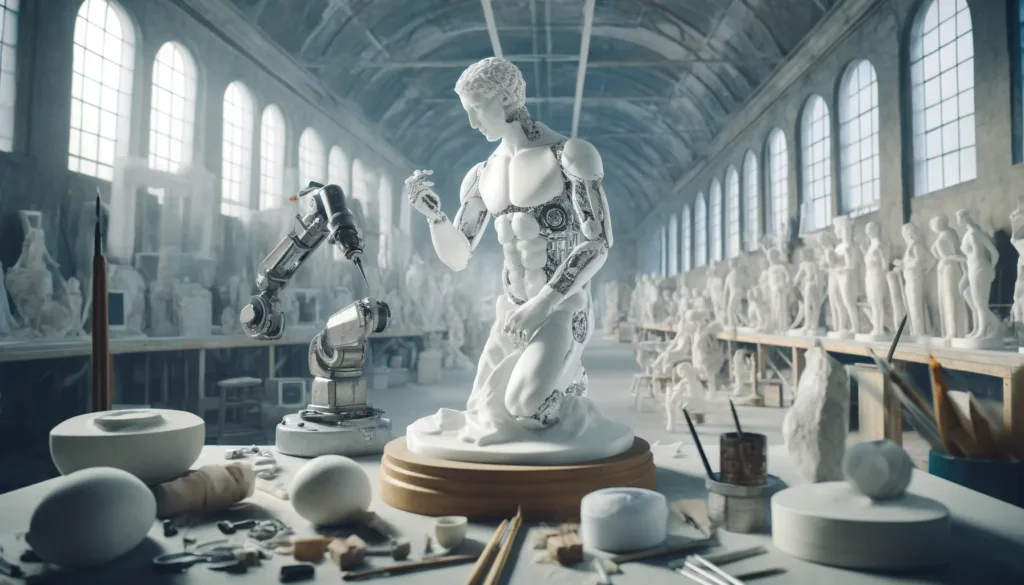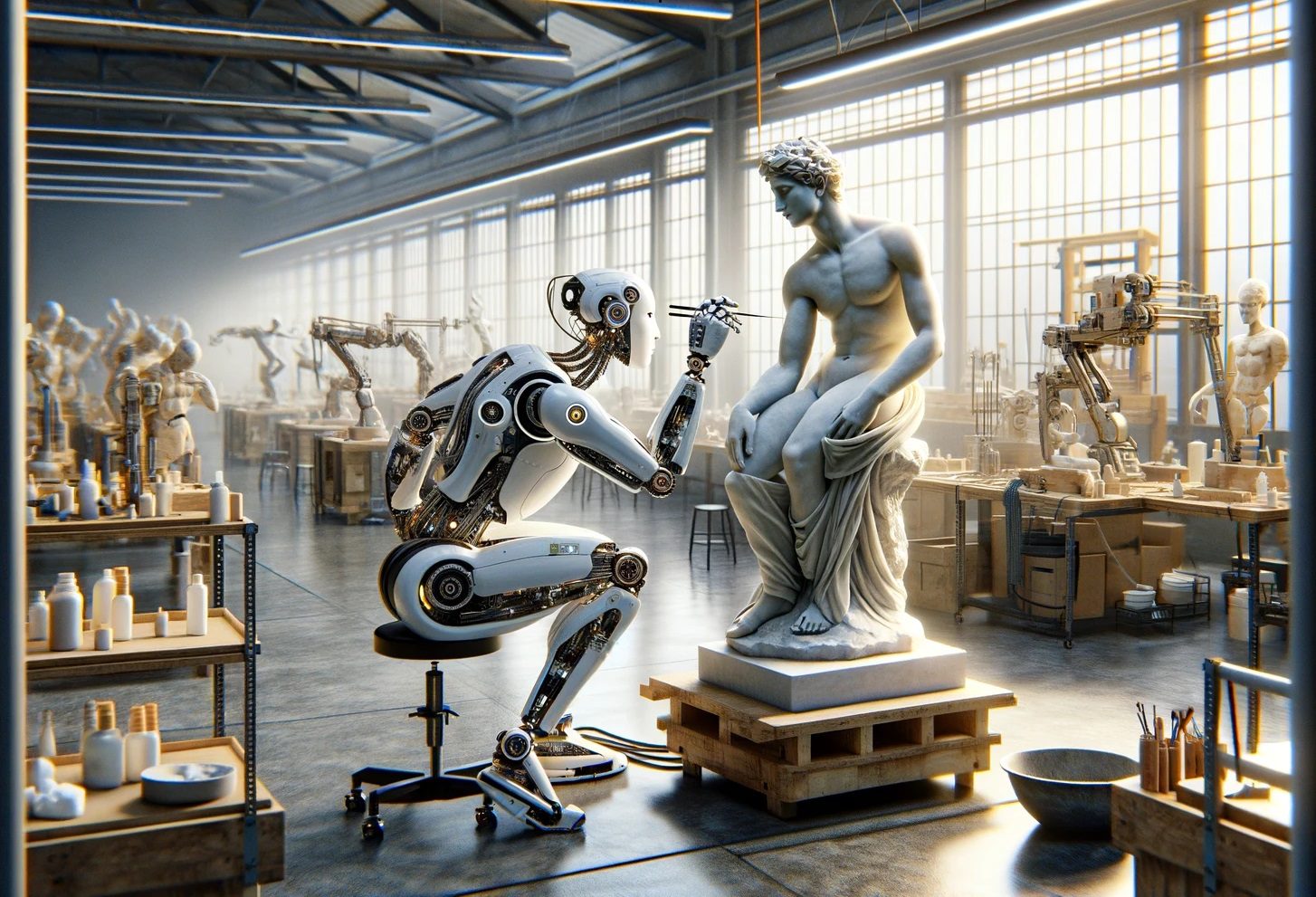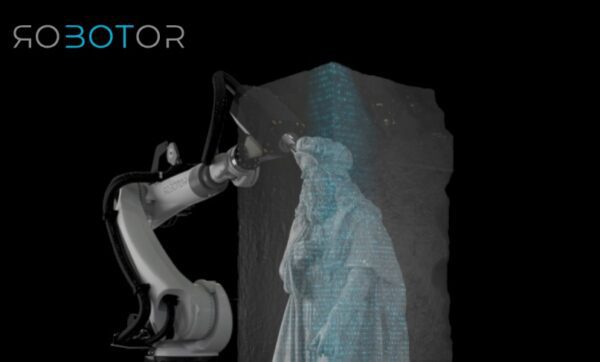Table Of Content
Are you intrigued by the notion that artificial intelligence might one day match the artistry of Michelangelo in sculpting something as iconic as the David? You’re not alone in this curiosity. Let’s chat about this fascinating subject and guide you toward the finest AI tools out there, as endorsed by Raiday, to witness this artistic challenge firsthand.
Can AI Robots Rival Michelangelo?
Imagine stepping into a gallery, the air buzzing with anticipation. On display, a masterpiece that echoes the finesse of Michelangelo’s David, yet it wasn’t crafted by human hands. Sounds like a scene from a sci-fi novel, right? Well, the question stirring the pot isn’t just hypothetical anymore: Can AI robots step into the shoes of Michelangelo and sculpt the David?
Michelangelo was a master of his craft, blending skill, emotion, and a profound understanding of human anatomy to create works that continue to mesmerize us centuries later. For AI to emulate this, it isn’t just about mimicking the physical act of sculpting. It’s about capturing the essence, the emotion, and the sheer brilliance of creativity. So, can they?
What if Michelangelo could use AI to sculpt the David?
Imagine if Michelangelo had access to today’s AI technology and tools like Robotor. The creation of his masterpiece, the David, traditionally thought to have taken around three to four years to complete, could have been dramatically accelerated. With Robotor’s AI-driven capabilities, the precision, speed, and efficiency of carving sculptures from marble or similar materials are significantly enhanced. If Michelangelo took 10 years to sculpt the David—a hypothetical extension for emphasis—using traditional methods, employing Robotor and similar AI technologies could potentially reduce the time to just 2 years. This dramatic decrease would be due to the automation of tool paths from 3D models, reducing manual labor and speeding up the sculpting process without compromising on the intricate details and overall quality of the work. The convergence of art and technology not only streamlines the creation process but also opens up new possibilities for artists, architects, and designers to experiment and express their visions with unprecedented ease and flexibility.

The Reality Behind AI in Art
First off, let’s get real. AI in art is making strides, offering tools that can sketch, paint, and yes, even sculpt digitally. These tools are powered by algorithms that can analyze patterns, styles, and techniques from vast datasets of existing artwork. But when it comes to physical sculpting, especially something as nuanced as the David, the journey is still in its infancy.
Yet, this doesn’t mean it’s a lost cause. AI’s ability to assist artists and creators is unparalleled. Think of it as having a digital apprentice capable of learning from the best – albeit with certain limitations. This is where the magic happens, merging technology with human creativity to push the boundaries of what’s possible.
Finding the Right AI Tools with Raiday’s Recommendations
Curious about where to find these avant-garde AI tools? Raiday has got you covered. Here’s how you can navigate to the cream of the crop in AI artistry:
- Research is Your Best Friend: Start by checking out Raiday’s online platform. They often spotlight emerging AI technologies in the arts. Look for reviews, tutorials, and forums where users share their experiences.
- Test the Waters: Many of these AI tools offer trial versions. Grab one, play around with it, and get a feel for its capabilities. You might not sculpt the next David on your first try, but it’s a step closer to understanding AI’s potential in art.
- Community Insights: Join online communities or social media groups focused on AI art. Here, you’ll find firsthand accounts of artists who use these tools, including tips, tricks, and recommended settings to mimic classical techniques.
- Education and Workshops: Keep an eye out for workshops or webinars hosted by Raiday or other tech-art platforms. These can be goldmines for learning how to leverage AI in creating art that pays homage to the masters of yesteryear.

So, can AI robots replace Michelangelo and sculpt the David? Currently, they can’t replicate the emotional depth and historical significance embedded in Michelangelo’s work. However, they offer a new palette for artists to experiment with, bringing together the old and the new in exciting ways.
As you embark on this journey, remember that AI tools are not here to replace the genius of artists like Michelangelo.


